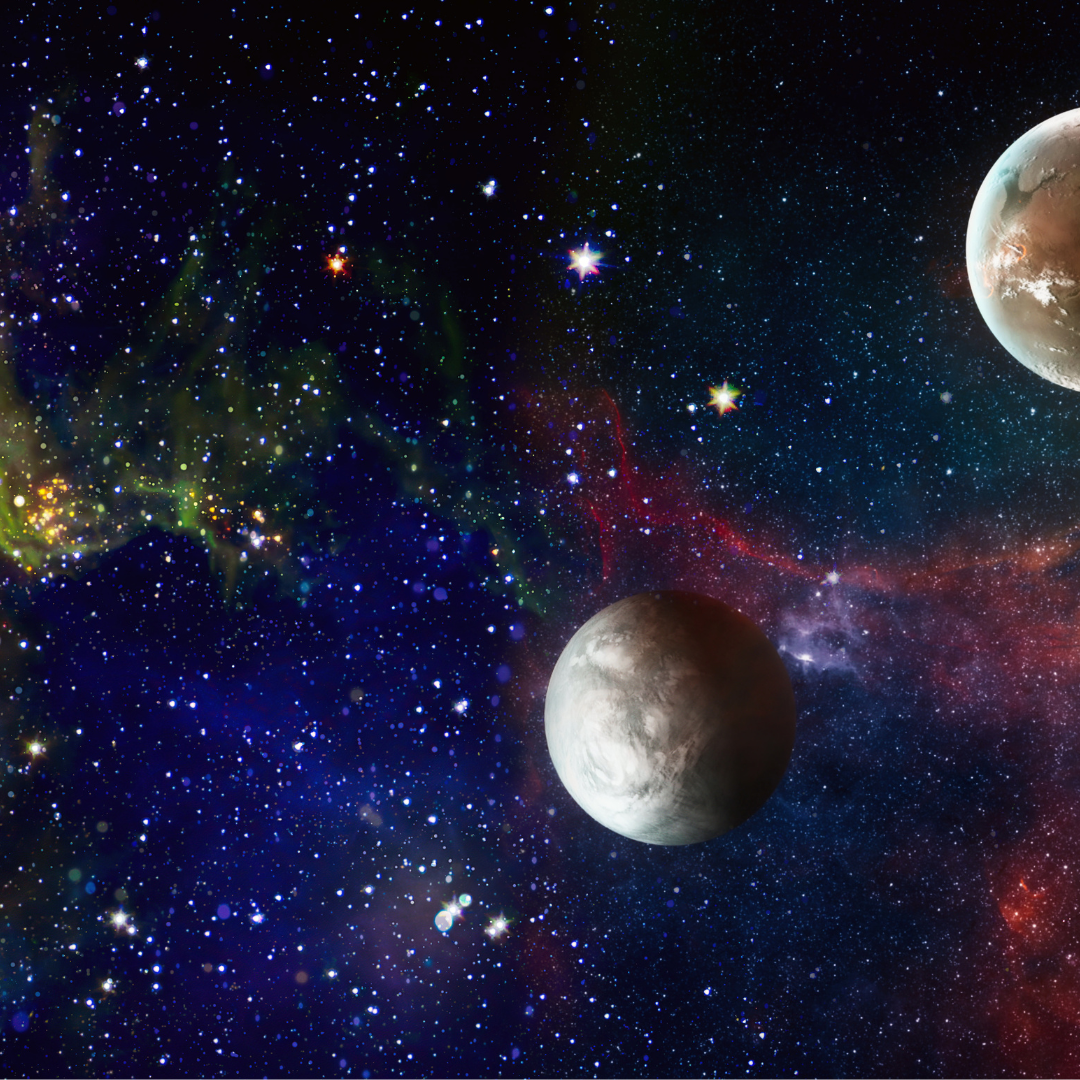First Light


While this author is no expert on space, said author finds joy in sharing newly learned facts about space, and this article is evidence of that very tendency!
According to NASA, evidence of any form of life has never been discovered in space. Considering the hold aliens have on popular culture – from the Aliens series to Men in Black to endless songs and the “green alien dance” – this may be hard to believe. Perhaps because of the pervasive belief in extraterrestrials in pop culture, I have a faint underlying idea that aliens probably do exist on some planet in outer space.
Space is almost unfathomably extensive. From the Earth to the planet Neptune, there is a distance of 2-4 billion miles. Our universe is over 90 billion light-years large, according to a simple google search. A light year is the distance light can travel in one year. Even a person like Usain Bolt or Phileas Fogg could travel an immense distance in a whole year – so when one considers the incredible speed of light, and the distance light can travel even in 1 second, one can begin to grasp the magnitude of our universe. For further clarity, it takes light only about 8 minutes to travel the entire astonishing distance from our sun to the Earth.
Even though space is already so large, it becomes infinitely vast because new planets and new galaxies are constantly forming even as stars die out. With the universe being as vast as it is, I believe that, somewhere, though there is no concrete evidence to corroborate this, there must be life somewhere. On some planet, somewhere, besides on our own, there must be at least a tiny spot of a bacterium – or at least a pool of organic material primed for life to start.
Anyway, conjectures aside, the fact remains that space is constantly evolving, allowing for time for technology to evolve to uncover more of the growing history space leaves behind. Fortunately, matter and energy can’t just disappear, so there is a history left behind in the stars, planets, and space which surrounds us.
NASA unveiled the James Webb Space Telescope (JWST) – the most expensive  and powerful telescope to date – at the end of December in 2021.
and powerful telescope to date – at the end of December in 2021.
JWST’s vast capabilities allow astronomers and astrophysicists to take clearer photos of space – of distant time as well as relatively close points in our own galaxy. By working with the JWST, scientists have gotten closer to uncovering the history of space – by finding out more about the very first light in the universe. The powerful new telescope has unveiled huge galaxies, looking back up to 13 billion years. This introduces the fascinating concept that astronomy is the study of history. Light takes time to travel, and so, using a telescope to look far reveals things that were once the case – and may not be that way now. At any rate, this allows us to learn more about the universe as it once was. The JWST is powerful enough to reveal early cosmic history to an unprecedented level. Astronomers at MIT were surprised by how much and how far they could see- surprised by how many more galaxies were visible than anticipated. In the first year of JWST’s photos, scientists expected to find tens of new galaxies where they’ve found hundreds.
With such a powerful new telescope, scientists can, for the first time, see the light emitted by the quasars – supermassive black holes at the center of galaxies that absorb everything including – you guessed – the very first light in the universe. A light has dawned, but there’s much to learn. 🪐









